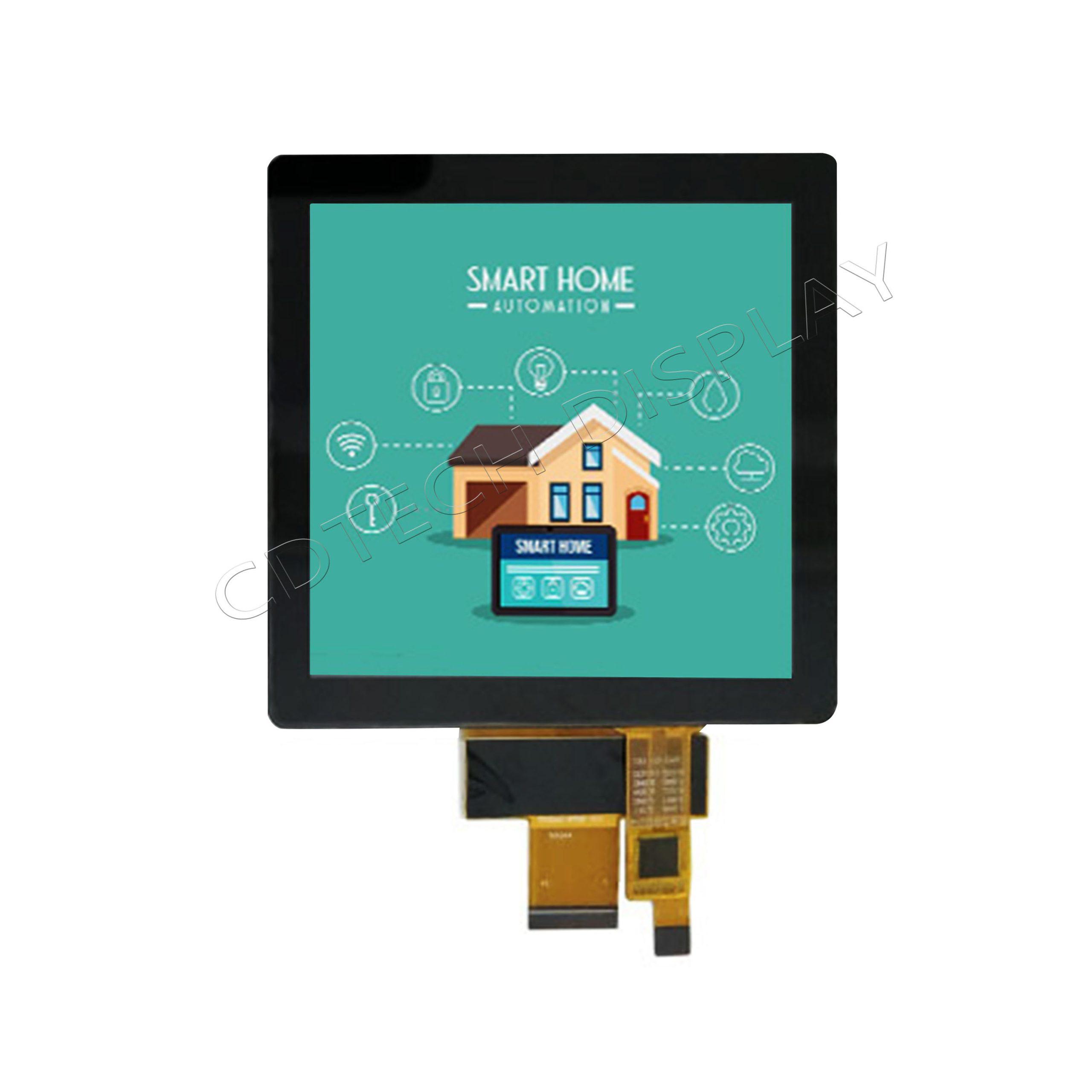How Capacitive Touch Screen vs Resistive Touchscreen Impact User Experience

Exploring the Basics of Touchscreen Technology
Defining Capacitive Touch Screens
One example is a capacitive touch screen, which has become common on many current electronics, and is those that take advantage of our own bodies' electron circuits to determine if we are making contact. They are made of a glass surface with a coating of transparent conductor material. This disturbance of the electrostatic field is detected by the device to determine the exact location where the user touches the screen. Technology that is appreciated for its multi-touch gesture support and response.
Understanding Resistive Touchscreens
But a resistive touchscreen works a bit differently. They are made of two extremely thin metallic, electrically conductive layers separated from each other by a thin gap. As pressure is exerted on the screen, these layers touch, thus changing the electrical current, which indicates a tap. Durable, these screens can also be activated by styluses or gloved fingers, features of resistive screens.
Historical Development and Evolution
Touchscreen systems have come a long way through the years. Resistive touchscreens used to be more common in the past due to their lower cost and simplicity. But as time went on, capacitive touch screens became the preferred technology due to their increased sensitivity and ability to recognize multiple simultaneous touches. The answer is simple, really, consumer demand for good and better user interfaces that are intuitive and responsive.
Functional Differences in Capacitive vs Resistive Touch Screens
Sensitivity and Accuracy in User Interaction
When Compared to the Resistive Touchscreens, the Capacitive touch screens provide a higher sensitivity and accuracy. Because they can sense even the smallest amount of pressure, they are well suited for any tech that needs precision, like our smartphones and tablets. On the other hand, they are activated with a higher pressure, something that can become an impediment when we need great precision with touch tasks in which delicate interaction is required.
Multi-Touch Capabilities: A Comparative Analysis
One of the signature aspects of capacitive screens is their multi-touch functionality, which enables complex gestures involving pinching and swiping. The ability provides users with more natural control over applications. This would be hard for resistive screens, which generally do not even support multi-touch (if at all) as they are pressure-based.
Durability and Maintenance Considerations
Compared to capacitive touchscreens, resistive touchscreens are also more durable, since they will not be affected by environmental factors, such as dust and moisture. In harsher conditions, they have also become easier to maintain. Alright, capacitive screens are more scratch-prone (although, they are pretty durable too) devices which we all need to treat with caution. Capacitive screens are more prone to scratches and require a little more care, even though they are pretty durable overall.
Practical Applications Across Industries
Consumer Electronics: Smartphones and Tablets
In consumer electronics, capacitive touch screens dominate due to their high sensitivity and multi-touch capabilities, enhancing user interaction with smartphones and tablets. These features allow users to enjoy seamless navigation through apps and media.
Automotive Industry: Infotainment Systems
Both touchscreen technologies are used in the automotive industry based on application requirements. While stylish interfaces for infotainment systems need quick responsiveness and strict adherence to touch sensitivity, Capacitive screens cannot be used for vehicle controls where ruggedness is required and thus resistive options come into play. For the commonly used Infotainment systems needing a quick response, the capacitive screens provide a clean interface while the more rugged needs of the vehicle controls can be catered to by the Resisrive touch options available in the market today.
Industrial and Commercial Uses
In industrial settings where durability is crucial, resistive touchscreens are preferred for machinery interfaces exposed to harsh environments. Capacitive solutions find use in commercial applications where aesthetics and user-friendly interaction are prioritized.
Introducing CDTech's Innovative Solutions
Overview of CDTech's Product Range
CDTech offers an extensive range of innovative products designed around cutting-edge touchscreen technologies catering specifically to diverse industry demands:
Advanced Capacitive Touch Solutions
The range of advanced capacitors consists of a superior blend of architectures with a unique design that promises an extremely cost-effective product in its domain of consumer electronics and automotive area. These state-of-the-art signature capacitance solutions further provide a perfectly tailored seamless experience by offering capacitive solutions having the most high precision and aesthetically designed sleek/seamless surfaces making Electronics and Automotive industries gripping around the world economy towards optimally satisfied end user-level solutions such as Electronics industries gripping around world economy towards optimally satisfied end-user level solutions!
Durable Resistive Options for Challenging Environments
For industries requiring ruggedized equipment capable of enduring tough conditions – CDTech presents durable resistives optimized for handling extreme environments guaranteeing reliable performance regardless of challenges faced by daily operations!
Other Cutting-Edge Technologies from CDTech
Beyond traditional offerings – explore other pioneering advancements brought forth exclusively by CDTech revolutionizing market standards and setting new benchmarks within the realm of technological innovation!
- Art
- Causes
- Crafts
- Dance
- Drinks
- Film
- Fitness
- Food
- Games
- Gardening
- Health
- Home
- Literature
- Music
- Networking
- Other
- Party
- Religion
- Shopping
- Sports
- Theater
- Wellness


